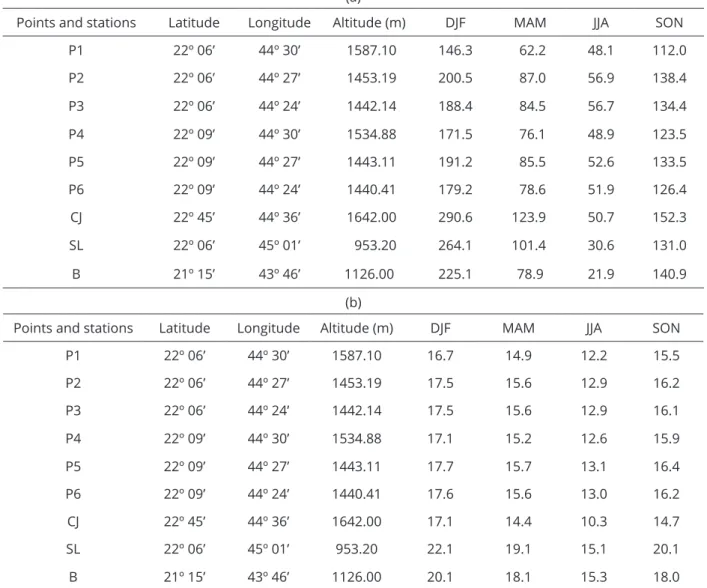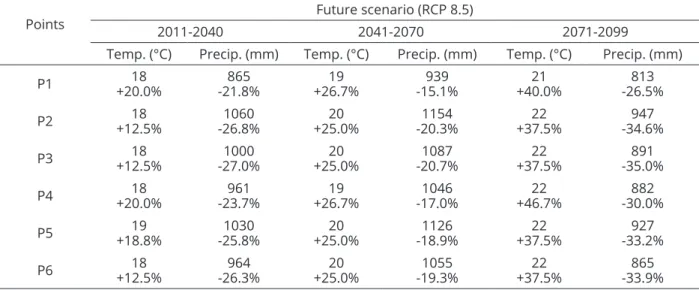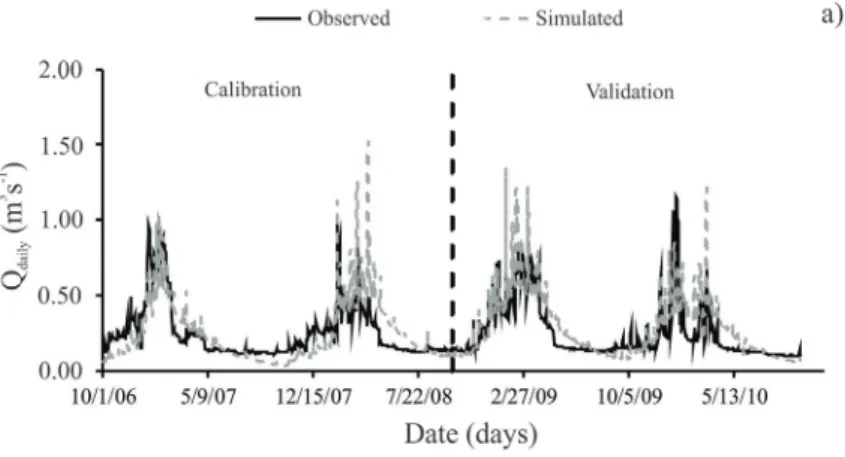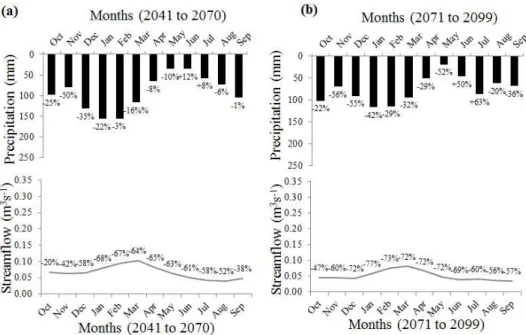Hydrological responses to climate changes in a headwater watershed
Texto
Imagem




Documentos relacionados
Relatório do director-geral sobre a execução do programa adoptado pela Conferência Geral das Nações Unidas sobre o quadro de acção da UNESCO para o Ano do
Comparison of the empirical and modeled precipitation regime for the historical time window (1979–1999, lefthand side) and intermodel comparison of the PCM-projected precipi-
First steps towards such a 3D climate-enabled GIS have been made during the execution of the presented project by im- plementing a 3D database that is able to store geometrical
Figures 7 and 8 respectively illustrate the mean value and confidence interval of 90 % for the permanence curves of monthly flow, considering the 1000 stochastic series generated in
This study aimed to use the Soil and Water Assessment Tool (SWAT) hydrological model to simulate the impact of changes in land use in the Camboriú River Watershed in the years
(2009) assessed hydrological responses of the Yellow River to hypothetical climate scenarios using a snowmelt- based water balance model, demonstrating the role soil and
The MHD-INPE hydrological model was forced with climate projections from the regional ETA-INPE model driven by four members of an ensemble of the HadCM3 global model regarding
The vegetation cover did not affect the runoff coefficient in CP>50 mm (Figure 6C), confirming that, under extreme precipitation events, hydrological responses are
